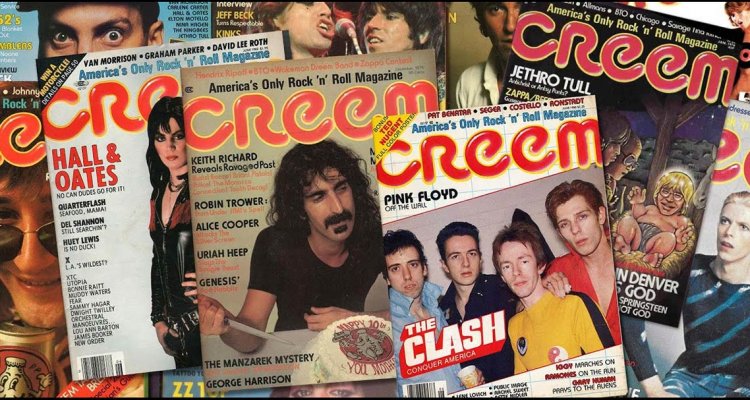Serving as the antithesis to the relatively upscale rock reporting of their main competitor, Rolling Stone, CREEM magazine is given a delightfully brisk survey in Scott Crawford’s “CREEM: America’s Only Rock ‘n’ Roll Magazine.” That outlandishly hyperbolic subtitle serving as a central tenet of both the magazine and film, as Crawford tracks the rise and fall of the Detroit based underground magazine that championed the likes of The Stooges and MC5 long before hardcore and punk were acceptable musical genres. Crawford’s documentary may be breezy and a bit too fast-paced for its own good, but the film is, nevertheless, an entertaining look at ‘70s and ‘80s counterculture.
Featuring interviews with numerous reporters, musicians, and famous fans, “CREEM” chronologically traces the magazine’s formation in 1969, following publisher Barry Kramer and editor Dave Marsh’s contentious relationship that led to a creation of a popularly subversive magazine (named after Eric Clapton’s band Cream). During the magazine’s tenure, it would often break every journalistic rule, allowing bands to review their albums, making up facts about musicians, and publishing just about anything its writers were interested in. As a number of fans say (including Jeff Daniels and Cameron Crowe), CREEM’s irreverence made it a magazine that you would want to hide from your parents. Kramer and Marsh often clashed, creating an enthusiastic but borderline unhinged environment that would eventually lead to Marsh’s professional move to Rolling Stone.
Rolling Stone does come up often in discussing CREEM, as a number of writers dismiss Stone’s more conservative views of Rock and Roll. CREEM, true to form, not only reported on the music, but also lived its ethos. This belief gave rise to CREEM’s readership, but also led to its downfall. Much like the musicians the magazine covered, the editors and writers often burned the candle at both ends. This is no more true when the film turns to focus on the outsize role of Lester Bangs.
Much more hyperactive than Phillip Seymour Hoffman’s famous portrayal in “Almost Famous,” Bangs became a writer for CREEM during the early ‘70s, helping to codify punk rock while simultaneously becoming hated by a number of his fellow co-writers and the musicians that he often lambasted. Bangs is such a larger-than-life personality, that one wishes for a documentary solely focused on him. With Bangs arrival, CREEM keeps its relevance while also turning to legitimate journalism. At one point, Bangs writes a concert review while on stage at the concert, a pretty perfect encapsulation of what CREEM stood for.
Crawford plays fast with the interviews, relying mainly on quotable snippets from his interview subjects and a range of home videos, with the occasional animation thrown in for good measure. Running only a short 75 minutes (with credits), Crawford provides an entertaining CliffNotes version of the magazine’s tenure, which would eventually fold after two decades in 1989. “CREEM: America’s Only Rock ‘n’ Roll Magazine” is a playful introduction to a lasting journalistic influence. [B+]

